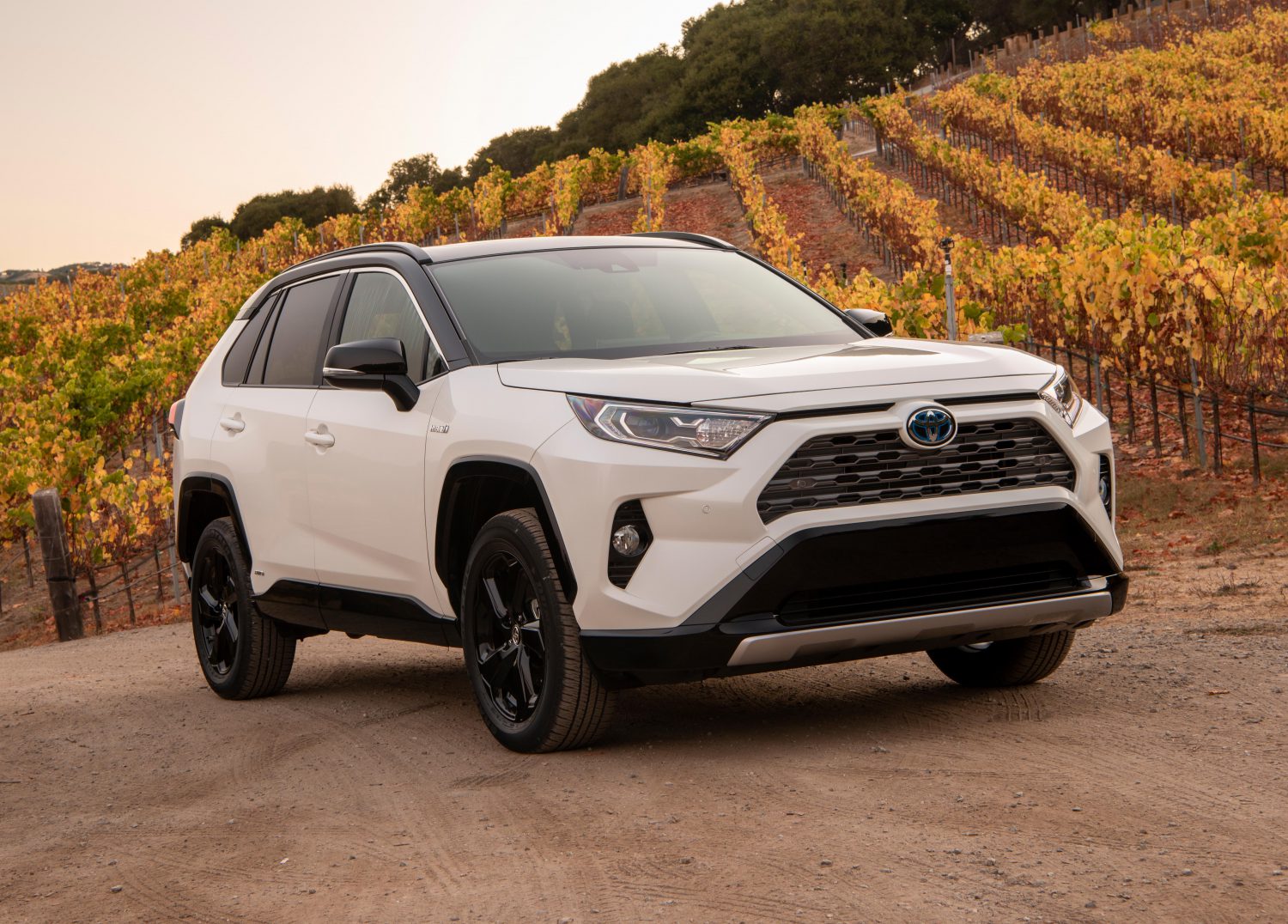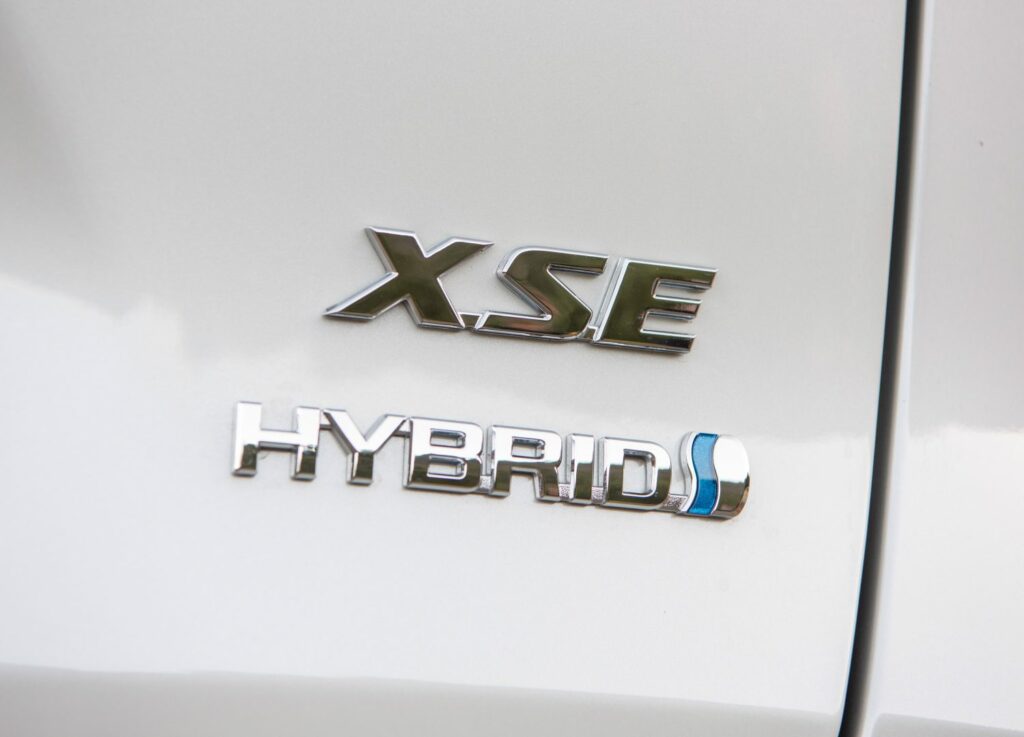Does the Toyota RAV4 Hybrid Qualify for a Federal Tax Credit? (2024)
There have been a lot of changes to the hybrid and electric car federal tax credit in the United States. These changes may have caused you to wonder if you can still get a federal incentive for your RAV4 Hybrid.
To save you time reading through all of the guidelines, I’ve done the research for you. I answer your tax credit questions for RAV4 hybrid models in the United States.
This guide is only for the RAV4 Hybrid. If you are wondering about the tax credit for the electric model, read our Toyota RAV4 Prime Tax Credit article instead.

What Is the Federal EV Tax Credit?
The EV (electric vehicle) tax credit is a nonrefundable credit offered when purchasing a qualifying plug-in electric or hybrid vehicle. For the 2022 tax year, the credit ranges from $2,500 to $7,500, depending on the vehicle’s weight and how many cars the manufacturer has sold.
There are certain rules and requirements that vehicles need to meet to qualify for the credit. These requirements have gotten more complex over the years, so it can be difficult to determine if your vehicle qualifies.
The Inflation Reduction Act (IRA) changed some of the rules beginning in 2023 through 2032. With these requirements, the car type, income thresholds, and manufacturing requirements have changed.
The updated credit allows a $7,500 maximum credit on new EVs and up to $4,000 (30% or less of the sale price) on used EVs.
Here’s an in-depth video explaining more:
Qualification Status
Under the new guidance, hybrid vehicles without a plug are not eligible for the federal tax credit, making the RAV4 Hybrid ineligible. The new credits only apply to plug-in electric vehicles and plug-in hybrid vehicles.
For an EV or plug-in hybrid to qualify, it must meet the following requirements:
- Purchased between January 2023 and December 2032
- Must be assembled in North America
- $3,750 of the new credit is for having 40% or more of the battery minerals from the U.S. or countries with a free trade agreement
- $3,750 of the new credit is for 50% or more of the battery components coming from the U.S. or countries with a free trade agreement
- Battery size of at least 7 kWh
- Gross vehicle rating under 14,000 pounds
- EVs priced under $25k only qualify for up to $4,000
Previously, there was a credit cap for any automaker that sold 200,000 EVs. This rule eliminated Toyota, Tesla, and GM. However, these automakers are once again eligible under the new guidelines.

In addition to vehicle qualifications, the buyer is subject to some rules. These include:
- Individuals must have an adjusted gross income of $150,000 or less
- The head of household must have an adjusted gross income of $225,000 or less
- Joint filers must have an adjusted gross income of $300,000 or less
If you are looking at used EV credit guidelines, these have also been updated to include the following:
- Credit applies for 30% of the sale price, up to $4,000
- Individuals cannot buy the vehicle for resale
- The buyer isn’t the original owner
- Buyer can’t be claimed on someone else’s tax return
- Purchaser hasn’t claimed another used vehicle credit in the past three years
- Income must fall under new guidelines ($75,000 for individuals, $112,500 for head of household, $150,000 for joint filers)
- EV sale price must be less than $25,000
- The car must be at least two years old
- The gross vehicle weight rating must be less than 14,000 pounds
- Battery capacity must be a minimum of 7 kWh
All of these guidelines can be confusing. I recommend speaking with your local dealership if you have more questions.
(Electrek)
Why Doesn’t It Qualify?
The main reason the Toyota RAV4 Hybrid doesn’t qualify is that it isn’t a plug-in model, even though it has an EV mode. Currently, no gas-powered hybrids can qualify.
Even if the RAV4 Hybrid were a plug-in, such as the RAV4 Prime, it still wouldn’t qualify. It doesn’t meet the battery manufacturing standards, so it’s ineligible.
Will It Qualify in the Future?
It’s tough to determine if the RAV4 Hybrid will qualify for the federal tax credit in the future. With the guidelines the way they are now (and always changing), no gas-powered hybrids qualify unless they plug in to charge. With rules becoming more stringent, I don’t expect them to loosen any time soon.
As far as where the RAV4 Hybrid is manufactured, this part isn’t a problem. Two-thirds of the hybrid RAV4s (HEV) are made at the Georgetown plant in Kentucky. The rest are manufactured in Ontario, Canada.
Still, it would be difficult to source so many of the minerals and battery components from the United States or free trade suppliers. Toyota would need to shift around some resources to make that happen.
Instead, I expect that Toyota will focus on making EVs that fit the bill. In the future, I imagine plenty of electric vehicles from Toyota that could qualify for the federal EV credit.
(CNET)
Alternatives That Qualify
If you’re not sure about purchasing a RAV4 Hybrid anymore because of the tax credit status, you’ll likely want to look at some other vehicles.
There are plenty of great alternative vehicle options to the RAV4 Hybrid to consider that will qualify for the federal tax credit.
Vehicles that currently qualify for the full $7,500 tax credit:
- 2023-2023 Cadillac LYRIQ
- Chevrolet
- 2024 Blazer
- 2022-2023 Bolt
- 2022-2023 Bolt EUV
- 2023 Equinox
- 2024 Silverado
- 2022-2023 Ford F-150 Lightning
- Tesla
- 2023 Model 3 Long Range (AWD)
- 2022-2023 Model 3 Performance
- 2022-2023 Model 3 Standard Range (RWD)
- 2022-2023 Model Y (AWD)
- 2022-2023 Model Y Long Range (AWD)
- 2022-2023 Model Y Performance
- Volkswagen
- 2023 RD.4 AWD Pro, Pro S & Pro S Plus
- 2023 ID.4 Pro, Pro S & Pro S Plus
- 2023 ID.4 S & Standard
Vehicles that currently qualify for the partial tax credit ($3,750):
- 2022-2023 Ford Mustang Mach-E (Standard & Extended Range Battery)
- 2023 Rivian R1S & R1T
Keep in mind that many of these vehicles are significantly different than the RAV4 Hybrid. Take a look at all of these options and figure out what you like and dislike between each model.
If the RAV4 Hybrid is still a top choice for you, then it could be worth skipping the tax credit and choosing the RAV4 anyway.
Other Ways to Save
Although the federal tax credit is not an option, there are some other ways you can save on your RAV4 Hybrid purchase.
Here are some top tips for reducing your total cost when buying a RAV4 Hybrid.
- Check for any special deals and incentives from Toyota
- Check state or local tax incentives
- Pay cash to save on loan interest
- Compare prices from multiple sellers, including for used RAV4 Hybrids
- Use your old car for trade-in credit
- Wait until the market cools down
Conclusion
Even without the federal credit, the RAV4 Hybrid is still a top SUV. The price is reasonable, and the fuel economy remains superior. It also has an impressive interior.
If you think you may find another Toyota with the tax credit, don’t get your hopes up. With the new guidelines, Toyota became eligible to partake in the rebate again, but none of the vehicles meet the requirements.
For now, you have to enjoy the benefits of the RAV4 Hybrid without the extra money back. I don’t think you’ll mind once you get behind the wheel.
